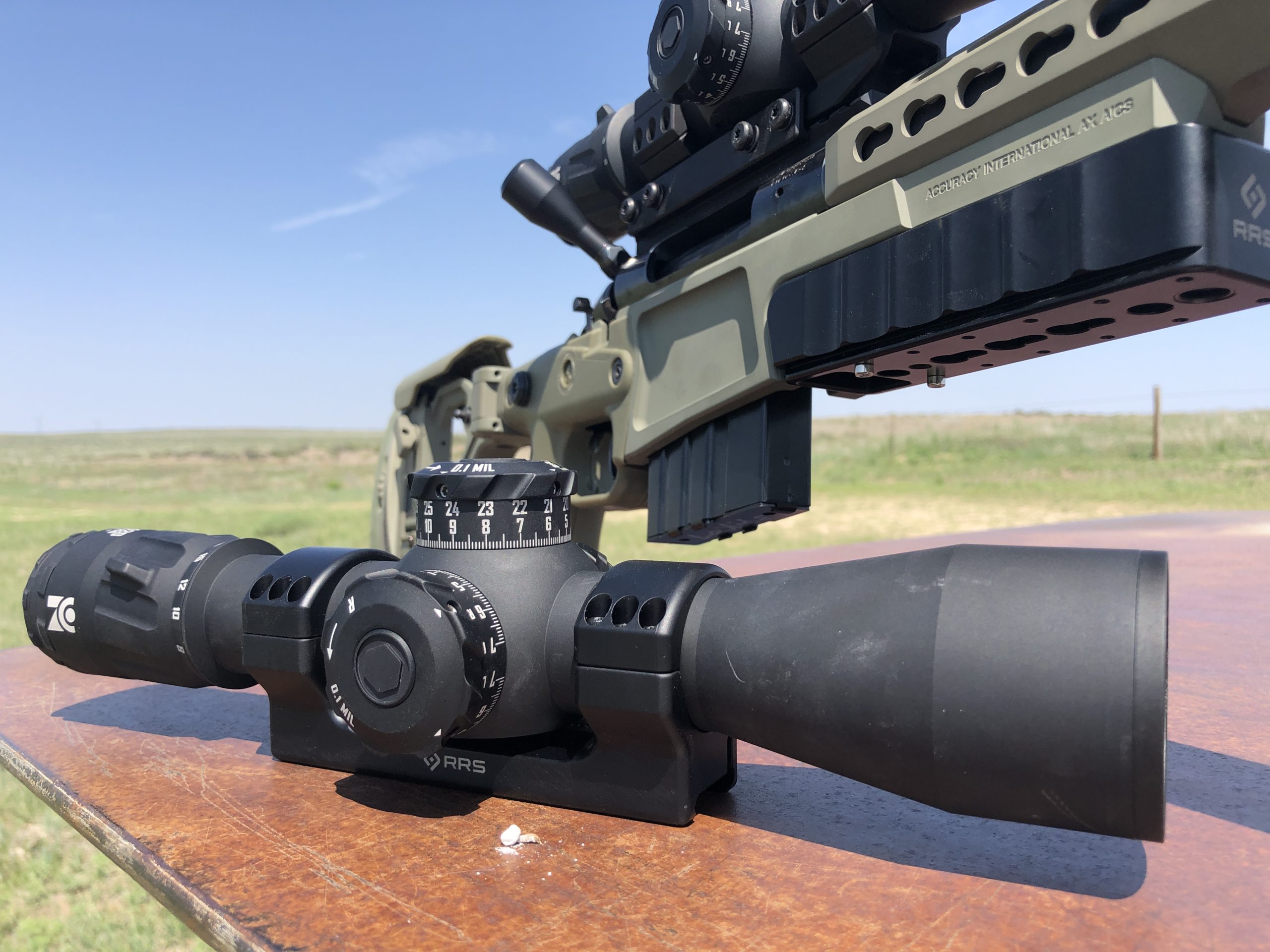Ok. I'm finally convinced and will be buying a Mil scope for my new MPA PMR Pro. My question is how to adapt as this will be the only Mil scope in the stable?
All the others are MOA as I shot NRA/CMP service rifle and that was the "language". The scope on the rifle now is a Vortex Viper PST Gen 2 5-25x50 MOA. It will be moving back to my Bergara B-14 HMR. I also have several MOA scopes on AR's and on my rimfire trainer.
How tough will it be moving back and forth? Should I look to eventually change out all the scopes?
All the others are MOA as I shot NRA/CMP service rifle and that was the "language". The scope on the rifle now is a Vortex Viper PST Gen 2 5-25x50 MOA. It will be moving back to my Bergara B-14 HMR. I also have several MOA scopes on AR's and on my rimfire trainer.
How tough will it be moving back and forth? Should I look to eventually change out all the scopes?




